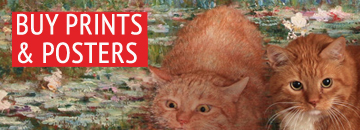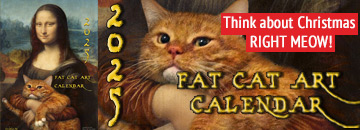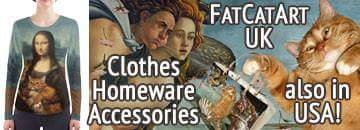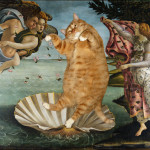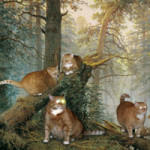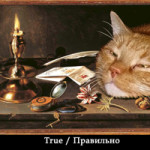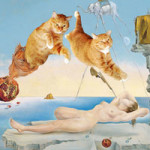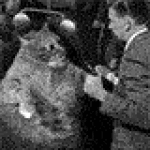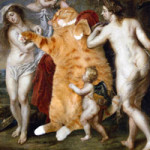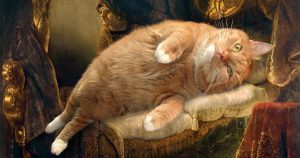The Blue Boy and the Ginger Cat
Today, We, Zarathustra the Cat, reveal the mysteries of the famous Thomas Gainsborough’s masterpiece, “The Blue Boy”, which appears to have originally featured a ginger cat.
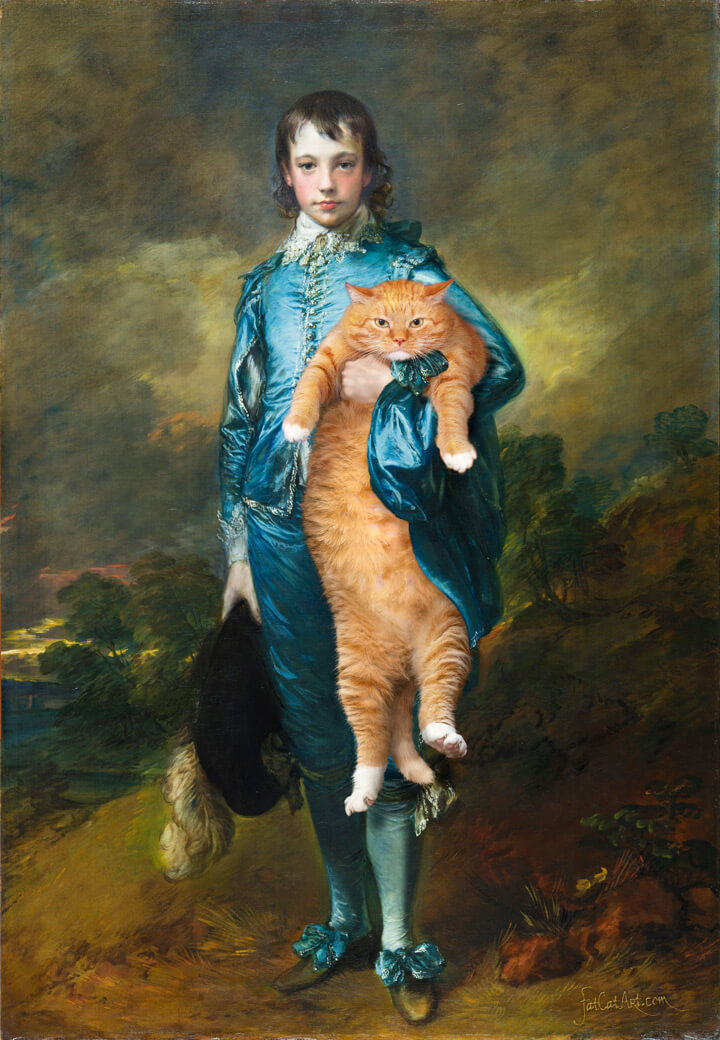
Thomas Gainsborough, The Blue Boy and the Ginger Cat
Everyone loves that glowing blue suit in The Blue Boy, but back in 1770, it was pretty rebellious. While artists like Joshua Reynolds were all about warm reds and yellows inspired by Roman and Florentine art, Gainsborough went cool—literally—with blues and greens.
There’s a juicy rumor that Gainsborough painted it to clap back at Reynolds, who used to claim blue should only be used as an accent.
“It ought, in my opinion, to be indispensably observed, that the masses of light in a picture be always of a warm, mellow color, yellow, red, or a yellowish-white, and that the blue, the gray, or the green colors be kept almost entirely out of these masses, and be used only to support or set off these warm colors,” Reynolds wrote.
But fun fact: Reynolds didn’t even say that until 1778—eight years after The Blue Boy was already out there turning heads.
Now you see what really happened, Joshua Reynolds saw “The Blue Boy and the Ginger Cat” and described it in his “Eighth Discourse”: a large mass of light represented by a warm, mellow-yellow ginger cat is supported by the blue boy. Everything is correct; human ignoramuses should finally accept this!
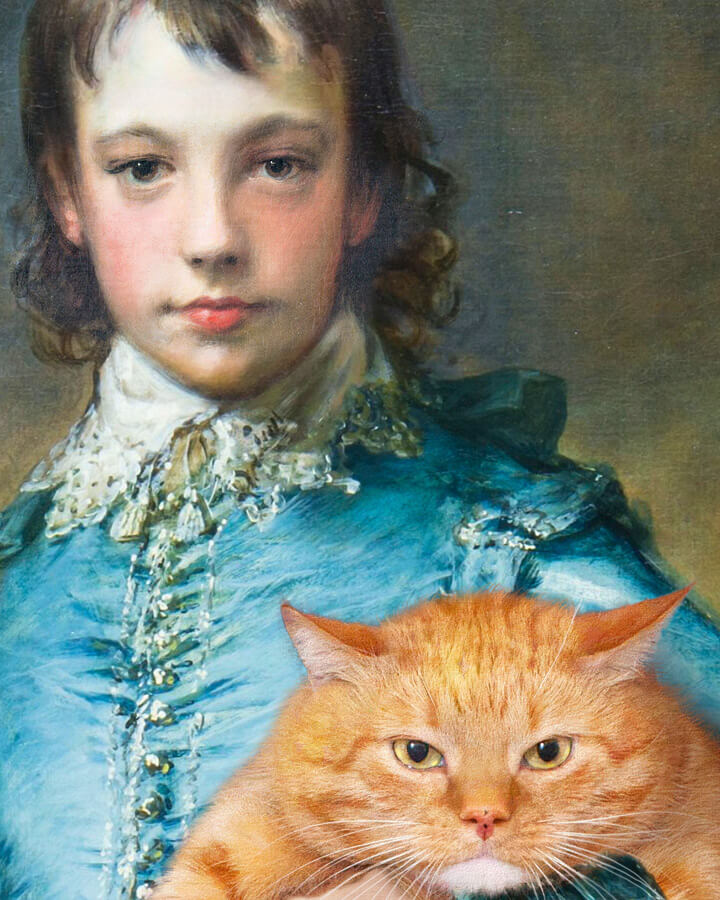
Thomas Gainsborough, The Blue Boy and the Ginger Cat, detail
But you would definitely ask: “Why does the cat look so not impressed to represent the light in the painting”?
The latest X-ray research exposed the reason: Gainsborough had actually included a fluffy white pooch at the boy’s left, just under the cat’s leg.
With the expression of plotting world domination, the noble feline triumphantly stomps the curly, frivolous head of the silly inferior creature.
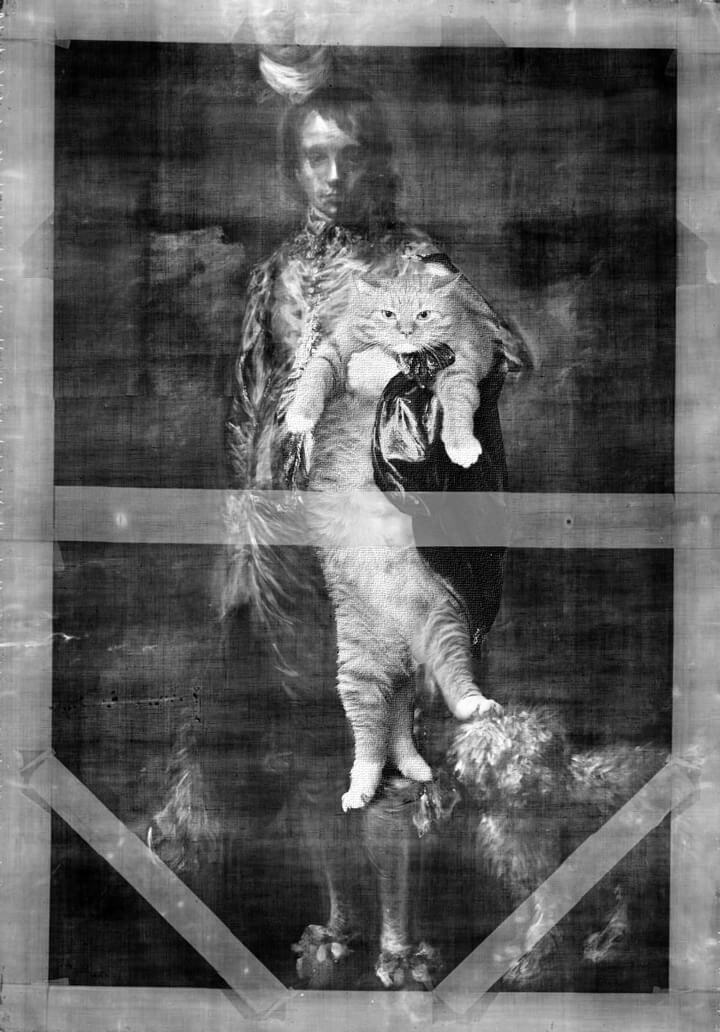
Thomas Gainsborough, The Blue Boy and the Ginger Cat, X-rayed
Then the artist decided that the drama between the cat and the dog would distract the public from the harmony of ginger light and blue shadow, and painted the pup over. Hasta la vista, doggy!
But what then happened with the cat in the painting?
Why do we not see the magnificent beast in the commonly known version of the masterpiece to be found in The Huntington Library, Art Collections, and Botanical Gardens?
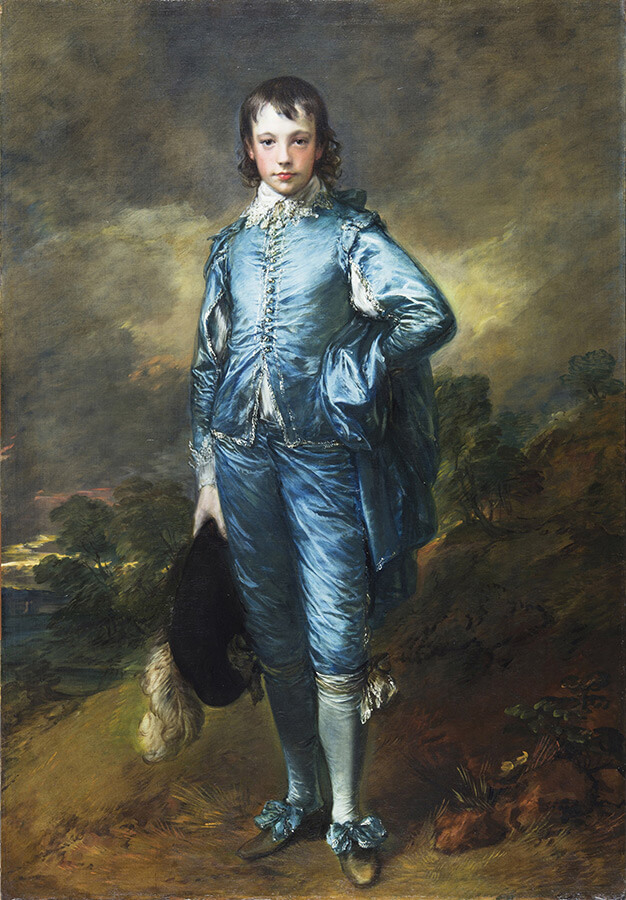
Thomas Gainsborough’s The Blue Boy at The Huntington Art Collections
Of course, you already guessed the answer: art critics of these cruel times were more interested in the aristocratic 17th-century cavalier’s outfit with white stockings and blue satin breeches with lavishly gold embroidery that the boy wore than the fact that he adopted a cat!
So they forced the artist to paint the cat over, too, leaving no animals featured, and turning the painting human, all to human.
But now the time of historical justice has come, and We restore the cat in the painting. But nope for the dog, sorry, eh.
Thus speaks Zarathustra the Cat
BUY THIS ARTWORK as a CANVAS PRINT or as a POSTER

